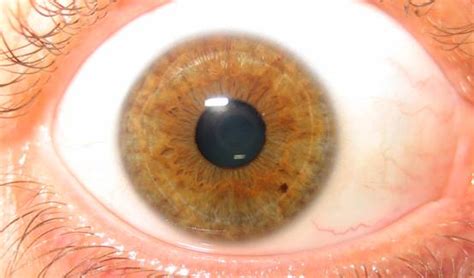Understanding the Difference Between a Bone Cancer and Avascular Necrosis

A condition that affects millions of people all over the world, the most common symptom of Avascular Necrosis is the progressive, irreversible loss of cartilage. This condition is also called osteonecrosis and is a medical term used to describe bone death due to a lack of adequate blood supply to the affected area. (In medical terminology, the term ischemic refers to a disease of the heart or the brain, whereas an ischaemic condition occurs after a blood vessel has failed.) The condition is caused by the body's attempt to repair the body's tissues in the absence of sufficient nutrients.
In Avascular Necrosis, the cartilage begins to die as a result of a blood supply problem. The dead tissue becomes embedded in the patient's bone, which is why the symptoms are so widespread. Most patients will notice a gradual loss of mobility, especially if they begin to experience joint pain or swelling. As the condition progresses, there will also be a gradual decrease in the patient's bone density. If the bone is not replaced quickly enough, the bone marrow can eventually become depleted of the necessary bone-forming cells, resulting in the formation of osteoporosis, a disease characterized by weak bones.
As with many types of cancer, Avascular Necrosis is also linked to other diseases. If an abnormal blood flow is found, then it is imperative to seek medical attention immediately. This condition has the highest mortality rate among all cancers, although it is relatively rare.
Diagnosis of Avascular Necrosis is often difficult, but can usually be found during an exam by a doctor
Blood tests can sometimes determine if the bone marrow has not been able to produce enough bone-building cells, and if this is the case, treatment may be required. Sometimes, other types of cancer are also present. A biopsy can confirm that osteoarthritis is the cause of Avascular Necrosis.
The condition affects millions of people all over the world, because it is caused by an inability of the bone marrow to make bone-making cells. The problem starts in the area where the bone dies, or osteoid. The bone starts to die when the blood supply is blocked and begins to circulate into the bone marrow, and from there, it travels into the bloodstream to be transported to the other parts of the body. The result is a bone-chilling condition. If this condition continues for prolonged periods of time, it can even cause the bones to break apart and become permanently deformed.
Treatment of Avascular Necrosis is similar to treatment for many other bone conditions, such as bone tumors and osteoporosis, but the main difference is that the treatment is done through surgery. The major type of treatment for this condition is called avascular laser treatment.
In this procedure, doctors will use a special instrument called an Avascular Laser (Laser of Avascular Necrosis) to remove dead bone in order to stimulate new bone growth and repair the bones affected by Avascular Necrosis. It can sometimes be combined with surgery to fix other bone problems, including spinal cord injuries.
If you or someone you love is diagnosed with Avascular Necrosis, you should never hesitate to contact your doctor immediately. He or she may recommend surgery for treatment and hopefully prevent further damage to the bones.
However, some treatment options are available for people with Avascular Necrotic that do not require surgery. For instance, they may want to undergo physical therapy and use heat, either to heat the affected areas or to apply ice. Surgery may also be required if your condition has progressed to the point of paralysis.
If surgery is not the best option for you or your loved one, you should speak with a doctor about the treatment options that are available. Your health care provider may suggest that you take a non-surgical treatment to help prevent further damage to your bones and to improve your bone health, and overall health.
If your bones are damaged beyond repair, your health care provider may recommend the use of a bone marrow graft to replace bone tissue that is missing or replace missing bone from damaged areas in the bone marrow. This type of treatment will also help prevent further damage.